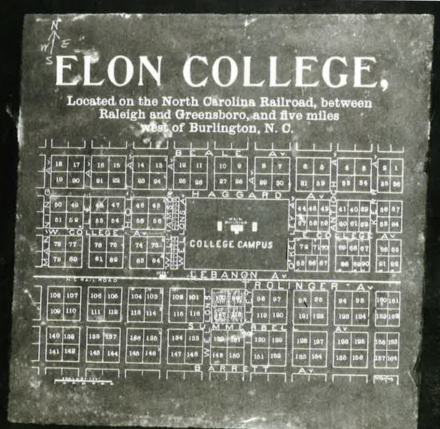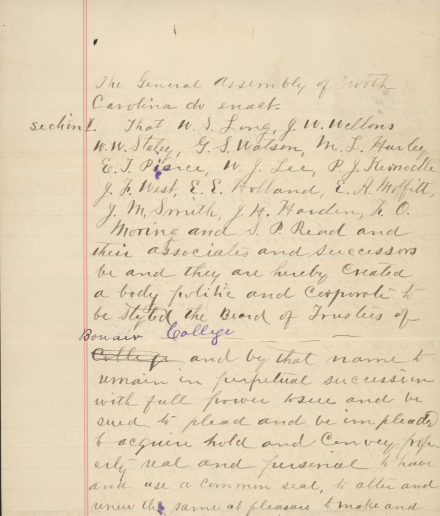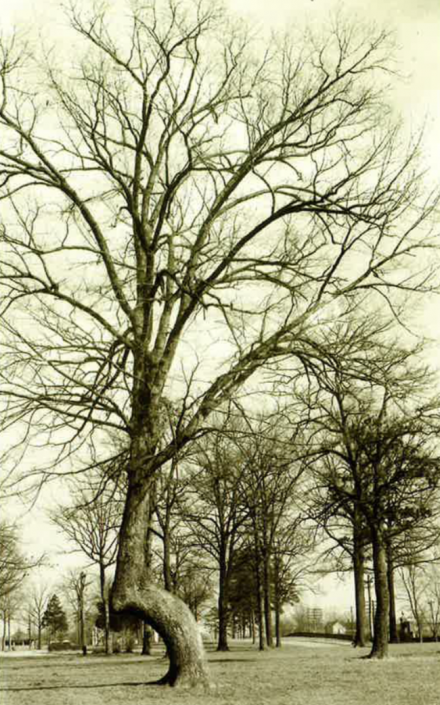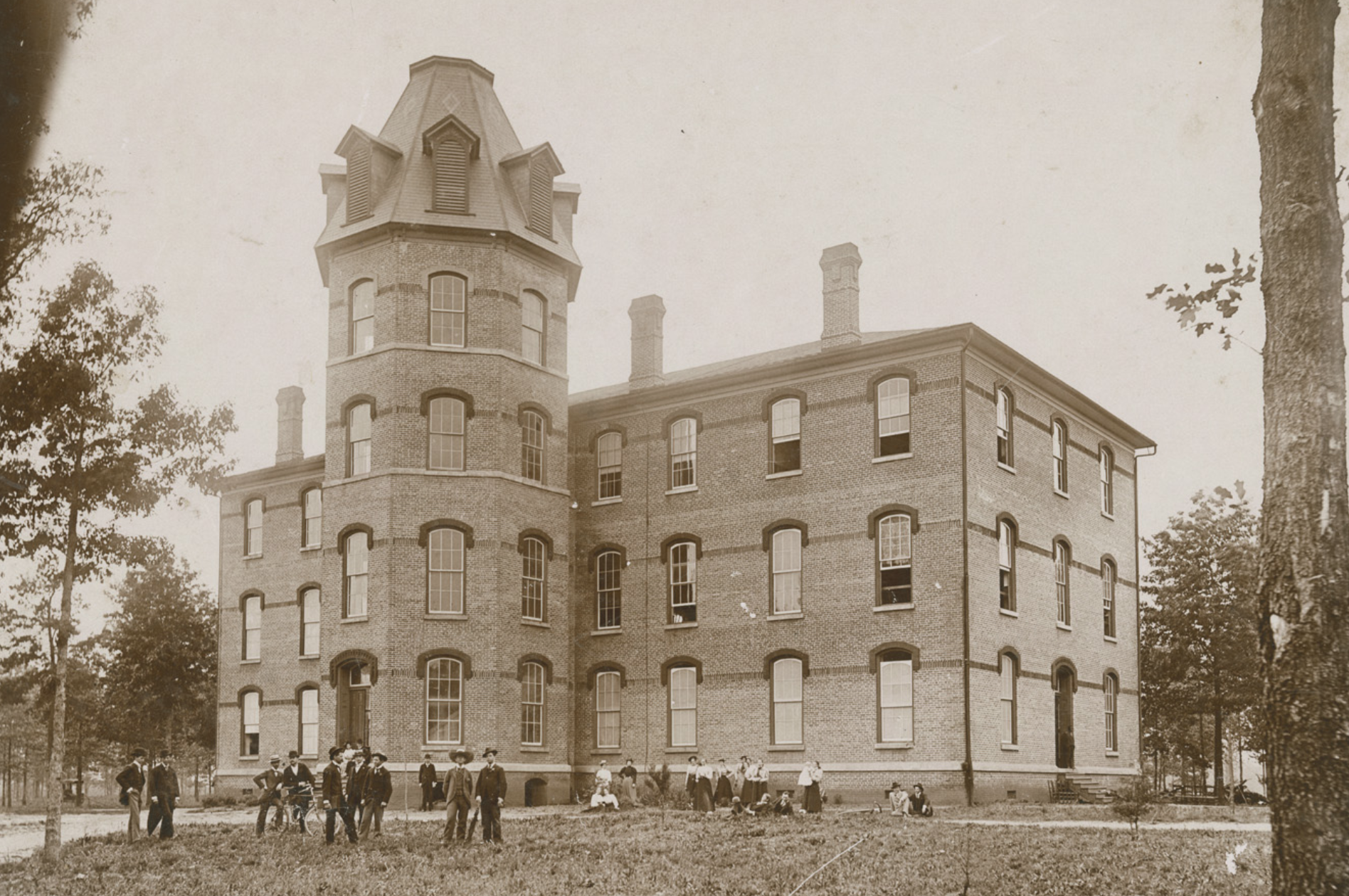On Sept. 2, 1890, the Christian Church saw its dream become a reality as it successfully opened Elon College and began more than a century of excellence in Alamance County.
As it welcomes its newest class of students to campus, Elon is also celebrating a special milestone this month. Sept. 2, 2020, marks 130 years since the university first opened its doors to students.
Founded by the Christian Church, Elon welcomed 76 students to campus that year. It was an idea nearly two decades in the making, as the Christian Church first began pursuing the construction of a college in Alamance County in 1872.

A board of 15 trustees and five provisional board members was charged with finding a location for the school. Initially the group set its sights on a space in Graham, North Carolina, near the New Providence Christian Church, the largest church conference and a supporter of the project. The site would also be near the old Graham College, which could have served as a preparatory school to provide students for the new college campus.
Despite its efforts, the board was unable to secure enough land in Graham for the build, so members turned to another option – Mill Point. The Mill Point railroad depot served as a shipping point for textile mills in Ossipee and Altamahaw, North Carolina.
James N. Williamson, owner of the Ossipee Mill, and the owners of the Altamahaw Mill wanted to bring new business to the area around the depot to justify keeping it open – they saw a college and surrounding village as the perfect fit. On Dec. 22, 1888, the board decided to pursue a build at Mill Point, thanks to Williamson, Mill Point land owner William H. Trollinger and many other contributors.
“The list of contributors found in the cornerstone box of the first building credits Trollinger with a contribution of 32 acres of land and Williamson with a gift of $750, the largest cash donation recorded,” wrote the late University Historian George Troxler in “From a Grove of Oaks: The Story of Elon University.”

The board officially received a charter for the college on March 11, 1889, and purchased 86.81 acres of land for $281.51. Some of the land was reserved for campus space while the rest was sold for residential and commercial use to raise funds for the construction of the college.
The construction began with the removal of trees. Larger trees were cut down to make wood to fuel brick kilns. But, a few very special trees were left behind.
“The smaller oaks on the campus were left and grew to become the grove of mature oaks with which future generations of alumni would identify,” Troxler wrote.

The college, which would have originally been named “Bon Air,” had to search for a new name because Bon Air was already the name of another town along the railway. Although it’s unclear who suggested the name, the board eventually came up with “Elon,” the Hebrew word for “oak.”
Elon College officially opened its doors a year after receiving its charter. Students had access to two buildings by the end of 1890: Main Building, which housed the auditorium, library, society halls, offices and classrooms, as well as East Dormitory.
Today, Elon sits on more than 600 acres and is home to more than 6,000 students. The campus is situated among streets like Williamson and Trollinger Avenues, recognizing some of the key figures who, 130 years ago, helped bring the idea of a college in Mill Point to life.



